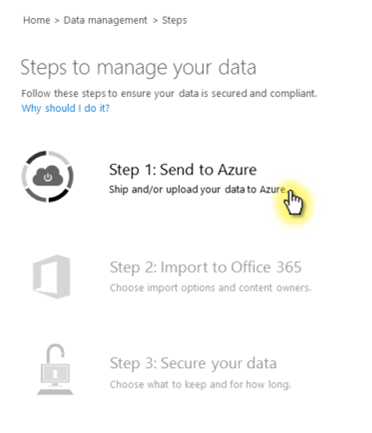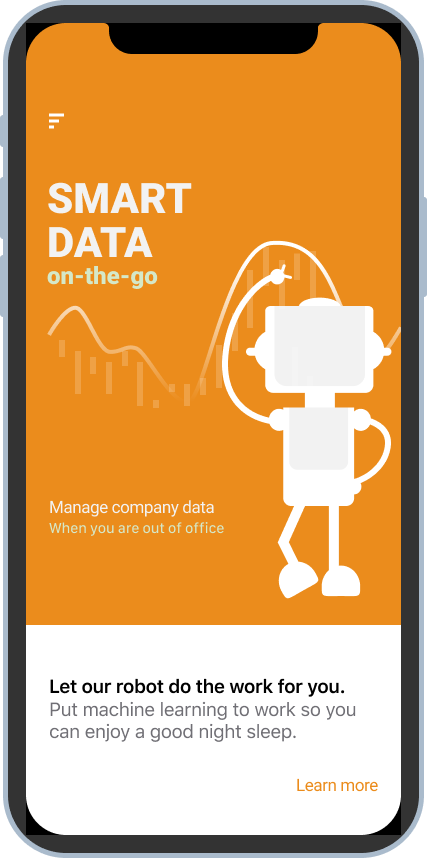However, a deep dive into the current practice revealed to me that the feature was buried deep down in a weeks/month-long process, where user was no where near seeing the benefits of his/her actions. A few of the decisions along the way also required consuming several long (over 12 pages each) technical articles.
This begged the question:


















